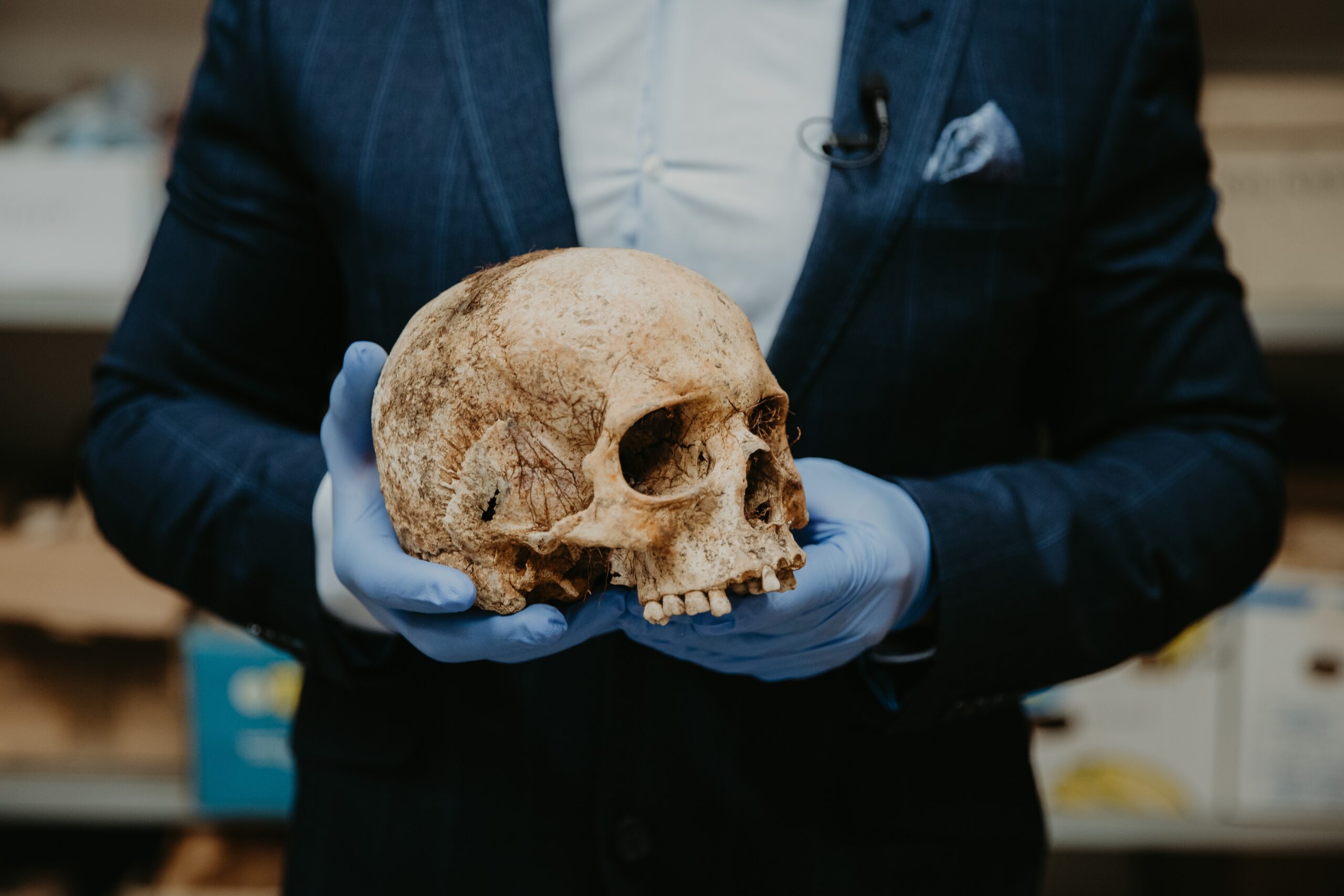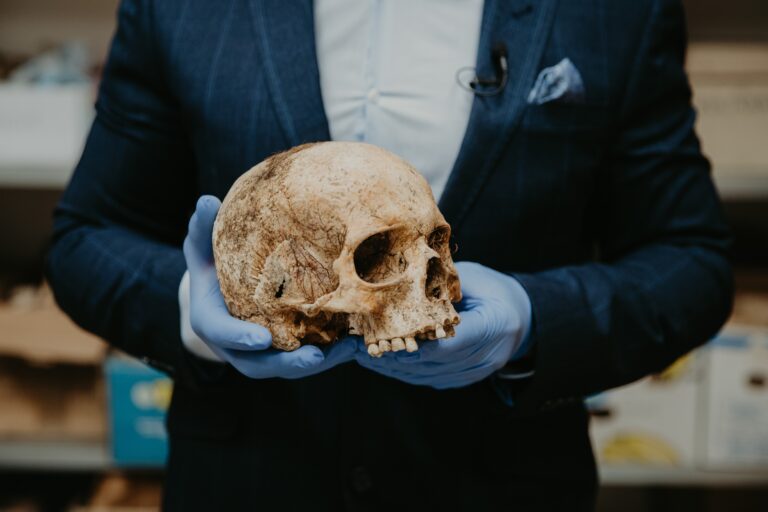Researchers develop the first AI-based method for dating archeological remains
By analyzing DNA with the help of artificial intelligence (AI), an international research team led by Lund University in Sweden has developed a method that can accurately date up to ten-thousand year-old human remains.
Accurately dating ancient humans is key when mapping how people migrated during world history.
The standard dating method since the 1950s has been radiocarbon dating. The method, which is based on the ratio between two different carbon isotopes, has revolutionized archaeology. However, the technology is not always completely reliable in terms of accuracy, making it complicated to map ancient people, how they moved and how they are related.
In a new study published in Cell Reports Methods, a research team has developed a dating method that could be of great interest to archaeologists and paleognomicists.
“Unreliable dating is a major problem, resulting in vague and contradictory results. Our method uses artificial intelligence to date genomes via their DNA with great accuracy, says Eran Elhaik, researcher in molecular cell biology at Lund University.
The method is called Temporal Population Structure (TPS) and can be used to date genomes that are up to 10,000 years old. In the study, the research team analyzed approximately 5,000 human remains – from the Late Mesolithic period (10,000–8,000 BC) to modern times. All of the studied samples could be dated with a rarely seen accuracy.
“We show that information about the period in which people lived is encoded in the genetic material. By figuring out how to interpret it and position it in time, we managed to date it with the help of AI”, says Eran Elhaik.
The researchers do not expect TPS to eliminate radiocarbon dating but rather see the method as a complementary tool in the paleogeographic toolbox. The method can be used when there is uncertainty involving a radiocarbon dating result. One example is the famous human skull from Zlatý kůň in today’s Czech Republic, which could be anywhere between 15,000 and 34,000 years old.
“Radiocarbon dating can be very unstable and is affected by the quality of the material being examined. Our method is based on DNA, which makes it very solid. Now we can seriously begin to trace the origins of ancient people and map their migration routes”, concludes Eran Elhaik.
https://doi.org/10.1016/j.crmeth.2022.100270




